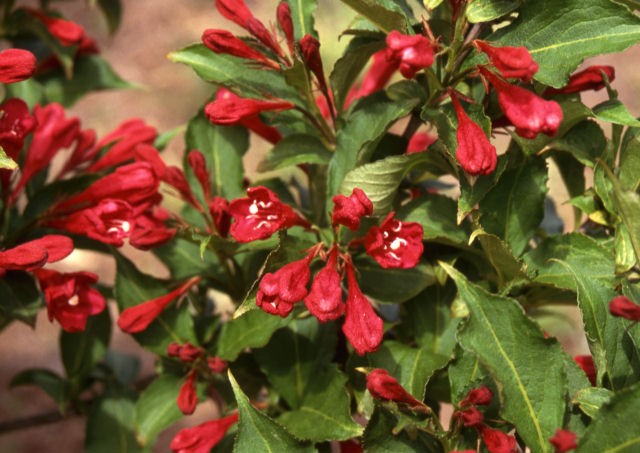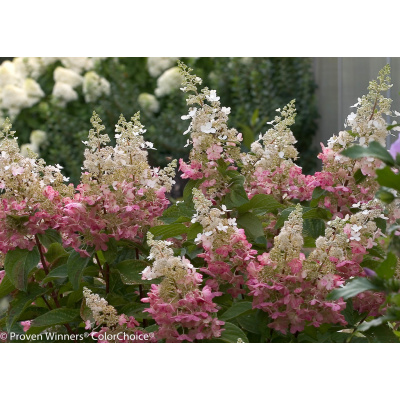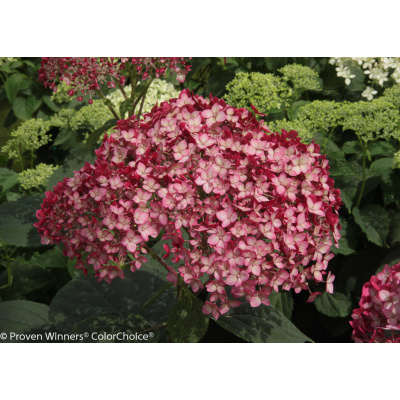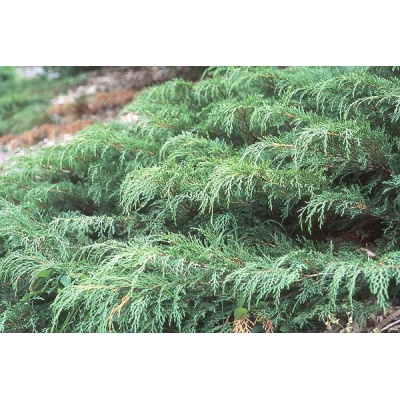Description
 Weigela ‘Red Prince’
Weigela ‘Red Prince’
‘Red Prince’ is a dense, upright, oval-rounded, deciduous shrub that typically matures to 6-9′ tall and as wide. It features funnel-shaped red flowers (to 1.5″ long) that bloom in mid to late spring, with a scattered and much less significant repeat bloom sometimes occurring in late summer to early autumn. Flowers retain bright red color as they age, rather than fading to dull red with purple tones. Flowers are attractive to hummingbirds. Elliptic to oblong to obovate, medium green leaves (to 4 1/2” long) produce little if any fall color. ‘Red Prince’ is sometimes commercially sold as a cultivar of Weigela florida.
Common Name: weigela
Type: Deciduous shrub
Family: Caprifoliaceae
Zone: 4 to 8
Height: 6.00 to 9.00 feet
Spread: 6.00 to 9.00 feet
Bloom Time: April to June
Bloom Description: Red
Sun: Full sun
Water: Medium
Maintenance: Low
Suggested Use: Hedge
Flower: Showy
Attracts: Hummingbirds
Tolerate: Clay Soil




Reviews
There are no reviews yet.